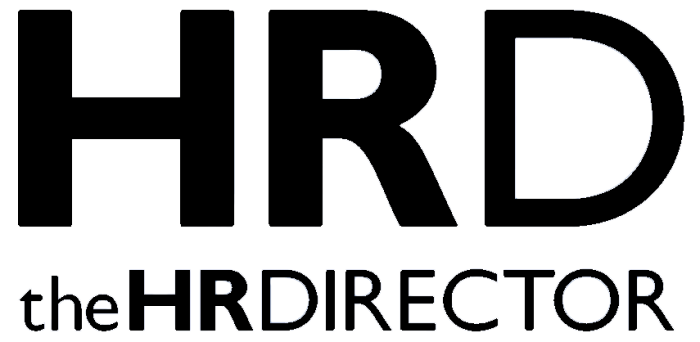What’s the secret to successful employee recognition? No matter how many ‘bells and whistles’ a recognition programme has, it will always come down to ensuring the recognition is purposeful, personalised and meaningful so that the recipient feels valued and appreciated. Achieving this requires empathy, understanding and nurturing strong relationships – key elements that make us human. But how does this fit with artificial intelligence (AI)?
AI is being increasingly harnessed in the recognition space, but is this at odds with the very essence of employee appreciation? Can AI technology – which lacks emotional awareness – really be used to improve recognition? The answer is absolutely YES! Here’s how AI can be harnessed to make employee recognition more impactful, memorable and ‘human’ than ever before.
The formula for impactful recognition
More and more organisations are understanding the importance of leveraging employee recognition to build purpose, belonging, and employee fulfilment. This then leads to employees that stay at the organisation for longer and want to deliver their best work.
However, for recognition to be impactful, it must become integrated into the fabric of the organisation – happening frequently, purposefully and in ways that are personal and memorable. Everyone across the organisation needs to have the ability to give and receive recognition, and ideally the recognition should be given publicly in front of managers and colleagues to elevate the experience. The investment into effective recognition is worth it, as great work is 1,181 per cent more likely when organisations have highly integrated recognition. Employees’ sense of belonging is also eight times’ more likely and employees are five times’ more likely to stay with the organisation for two years or longer (O.C. Tanner’s Global Culture report).
We’re only human after all!
While organisations may have strong recognition programmes in place, the programme is only as effective as the people who carry it out, and time and resource pressures can often get in the way of an effective recognition strategy. On top of this, some employees may be well intended when it comes to recognising their colleagues, but lack the know-how to do it effectively.
Take for example a manager who has a large workload and so is struggling with managing the day-to-day. Expecting them to remember to recognise everyone in their team for every single ‘above and beyond’ effort, impressive result and career (and life) milestone – while ensuring recognition is given frequently and fairly – is a big ask. Plus, how can managers be expected to know exactly who to invite to an employee’s career celebration? They can never possibly know everyone in an employee’s circle of friends and acquaintances.
It’s also important to appreciate that not every employee will know how to recognise a colleague in a way that’s meaningful. When writing a message of thanks to a co-worker, for example, how will they know whether their message is having the desired impact unless they’ve been taught what good recognition looks like?
While managers and employees may have good recognition intentions, humans come with flaws and limitations.
AI – Putting the cognition in recognition
Harnessing AI can take the pressure off managers and support everyone in their recognition giving. It should never be about removing “the human” from recognition, but instead, AI can help organisations to focus on the all-important human elements all the more.
What does this mean in reality?
For managers who are struggling to remember every opportunity to recognise a member of their team, AI technology like O.C. Tanner’s Smart Notifications can provide alerts directly to managers’ email inboxes or even via Slack or Teams, prompting them to recognise someone. It could be that an employee has achieved an accolade requiring recognition, a new member of the team needs help settling in, or an employee simply hasn’t been recognised for a while so may be switching off. AI prompts remove the onus on managers to remember when to recognise, instead allowing them to spend time acting on the alerts so they can recognise their colleagues in a timely and effective fashion.
Likewise, AI removes the pressure on managers to remain on top of their team’s friendship circles for when they send out invitations to recognition and career celebrations. AI can serve up to the manager the details of everyone who matters to the employee, from the people who the employee interacts with daily through to past colleagues and even social media friends based at different offices. By using AI to improve the inclusivity of recognition celebrations, the employee experience is elevated.
AI can even act as a mentor to employees such as by helping them to improve their recognition messages to colleagues. O.C. Tanner’s Recognition Coach is one such AI that is helping to improve the impact of recognition giving by suggesting improvements to the recognition messages employees write to their colleagues or managers. The AI evaluates the message against the five attributes of effective recognition: meaningfulness, sincerity, specificity, inclusivity and purpose, and the employee can then choose what to do with the suggested changes – keep them, re-write them or even ignore them. The purpose is to make the recognition message as meaningful and impactful as possible and in doing so, behaviours are being shaped and mindsets changed so employees learn what great recognition looks like.
AI for measuring recognition impact
It’s not always easy to measure the true impact of recognition which is what prevents some organisations from investing sufficiently in their recognition programmes. However, AI delivers insights that can transform the perceived business value of recognition. A flight risk dashboard, for instance, correlates the amount of recognition employees have received with their risk of leaving the company. Any groups that pose a high flight risk are then highlighted, allowing leaders to take action to prevent employees from leaving before it’s too late.
Marrying AI with “the human”
The essence of employee recognition will always remain uniquely human, but this doesn’t mean that AI can’t co-exist with “the human” part of recognition. In fact, AI can be used to surface the right recognition opportunities, and make the giving of recognition as frictionless as possible so people can take the right action at the right time. By harnessing AI for streamlining tasks, recognition alerts, insights and mentorship, this then allows the human touches across organisations to be amplified and scaled.







